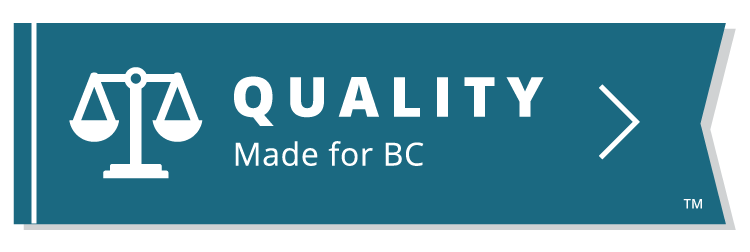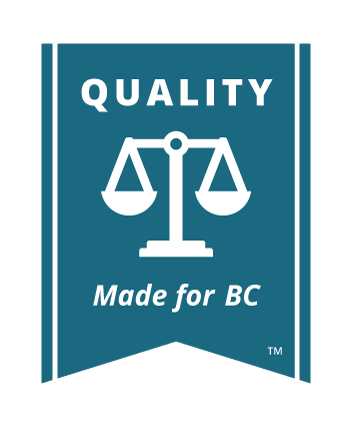Subpoena to Debtor
A subpoena to debtor is another procedure to help you find out about the judgment debtor’s financial situation. This application is described in Rule 13-3. A subpoena to debtor application differs from an examination in aid of execution in that the hearing is held before an examiner – usually a registrar or a master of the court.
You must issue a subpoena to debtor (Form 56) and file an affidavit. (For help preparing an affidavit, see Affidavits.) If the debtor is a company, you can name the person that you want to attend the hearing, such as a director, officer, or employee of the company. If the debtor is a partnership, you can name any partner to attend.

Find the Form
Form 56 Subpoena
Your affidavit must show that the debtor has not paid and that bailiffs are not seizing assets under a writ of execution. You must also pay the expenses of the debtor to attend court .You must serve Form 56 at least 7 days before the examination. You may call other witnesses, too, if they can provide information about the judgment debtor’s financial situation.
The questions that you can ask the debtor are more limited than in an examination in aid of execution. The questions that you can ask about are set out in Rule 13-3(4):
- The debtor’s income and property
- The debts owed to and by the debtor
- If the debtor has disposed of any property and
- The ability of the debtor to pay the judgment now or in the future
After asking the debtor questions, under oath, about their financial situation, the examiner can make an order for repayment of the judgment, on terms. For example, the examiner may order that the judgment debtor pay you $500 per month until the debt is paid or payment of the entire debt before a fixed date.
The subpoena to debtor application will give you a picture of the judgment debtor’s financial situation and how you are most likely to get paid. It may also lead to an agreement for payment from the debtor. If it does not, there are several steps you can take to get payment. The two most common are garnishment of the debtor’s wages or bank account or seizing the debtor’s assets or property.







 JusticeEducation.ca
JusticeEducation.ca JusticeEd
JusticeEd /JusticeEducation
/JusticeEducation